Normalized Noise Tests
For these tests, I set the cooler’s fan(s) to speeds with noise output at the following predefined levels: 20/25/30/35/40 dBA. I skip the corresponding tests if the cooler’s fan(s) cannot reach some noise levels. Finally, I include a test where the cooler’s fan(s) spins at full speed.
I provided the PWM controller’s readings in this chart, taken by all fans using the provided Y splitter.
CPU Temperature
CM’s offering dominates when it comes to operating temperatures.
CPU Frequency
It doesn’t achieve the highest average CPU frequencies but is always within the three best.
CPU Wattage
The CPU wattage is high, exceeding 350W on all tests.
Cooler Exhaust Temperature
I measure the temperature at the radiator’s exhaust side in AIOs.
Pages:

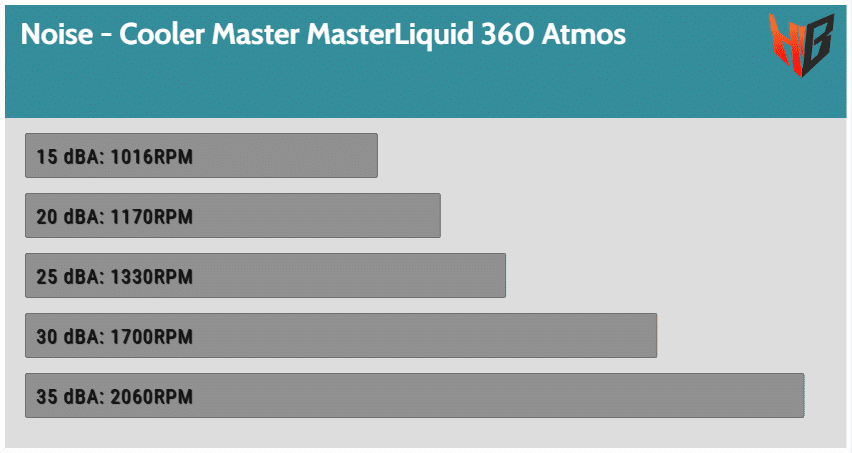
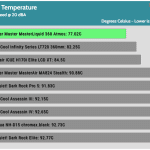
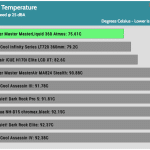

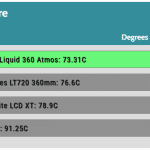
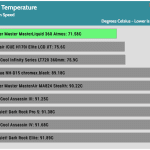
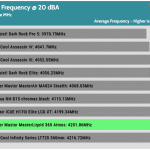
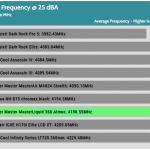
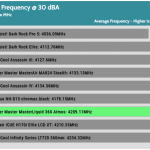
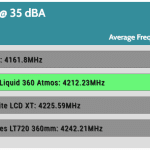
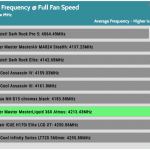

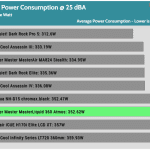
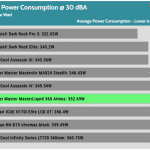
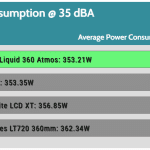

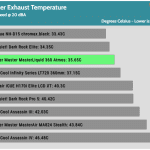

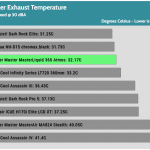
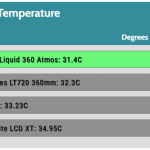
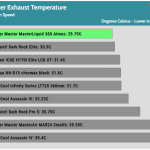
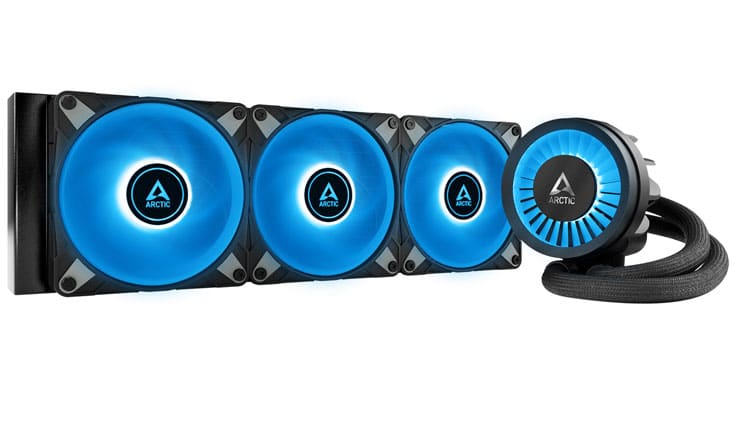
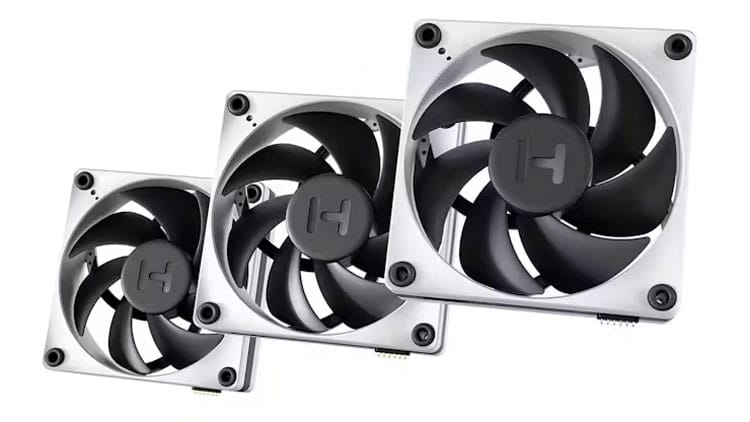
So it basically decimated everything in noise to performance? How much of this do you think is due to the fans? They look very interesting with how fast 3 of them are managing to spin at given noise targets, especially through a radiator that tends to amplify noise. Regardless almost definitely the new best argb 120mm fans. Any chance you could try testing them alone, just for curiosity sake?
The fans play a significant role in the increased performance because they have notably higher speeds at given noise levels than the competition. I have several other reviews to finish, so I don’t believe I will find time to try these fans in other AIOs.